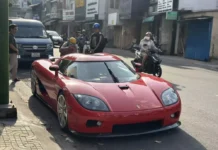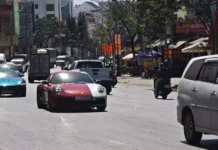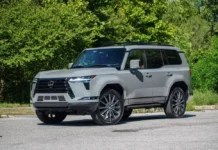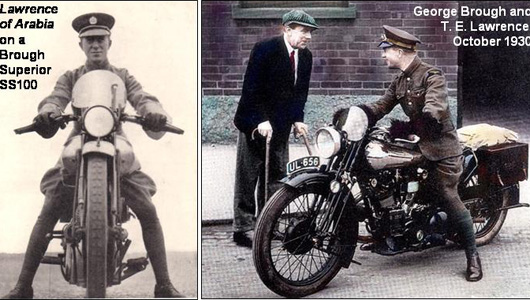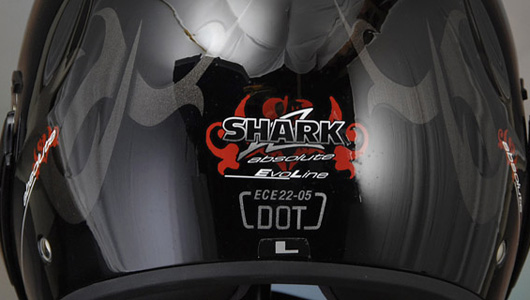A History of Motorcycle Helmets
Motorcycle helmets, something we wear every day when riding motorcycles or scooters, have a fascinating history. Where did they originate from, and when were they first introduced?
>> 70% of people wear helmets improperly
The Death of a Famous Person
Major Thomas Edward Lawrence, often referred to as T.E. Lawrence, was a British Army officer famous for his role in the Arab Uprising against the rule of the Ottoman Empire – Turkey in the years 1916 – 1918.
T.E. Lawrence is a hero on the battlefield
He is considered the most famous guerrilla warfare leader in World War I and a master of the “hit and run” method to disturb and capture Turkish forces.
His extensive and eventful life is vividly described in his writings, which earned him the nickname “Lawrence of Arabia,” a widely popular name thanks to the 1962 movie based on his life.
In 1935, T.E. Lawrence had an accident on a narrow road near his villa in Wareham while riding a Brough Superior SS100. The cause of the collision was a pothole on the road that caused him not to see two children cycling near. Trying to avoid them, Lawrence lost control and was thrown off the bike.
 His life ended in a tragic accident
His life ended in a tragic accident
During that time, there was no concept of “helmets,” so he suffered severe head injuries and fell into a coma. He passed away 6 days later on May 19, 1935. The accident site is now marked by a small commemorative plaque by the roadside. A soldier who had experienced life and death, famous in many battles, met his demise from a fall without proper head protection.
His death was thoroughly studied. One of the doctors who cared for him was the neurosurgeon Hugh Cairns. He was profoundly impressed by the accident and carried out a long-term study on Lawrence’s untimely death due to a lack of protective gear for the rider’s head. Hugh’s study led to the use of helmets while riding motorcycles for both military and civilian purposes, which continues until today.
Laws and Standards
Motorcycle helmets can significantly reduce injuries and fatalities in accidents, so many countries have introduced laws requiring motorcycle riders to wear them. These laws apply to various types of vehicles, from mopeds to small motorcycles. In some countries, notably the United States, some riders disagree with mandatory helmet laws, so not every state enforces them.
Motorcycle helmets in the U.S. must meet DOT standards
Throughout the world, many countries have established their own standards to evaluate the effectiveness of motorcycle helmets in the event of an accident, while also determining minimum acceptable standards. Some of these include AS 1698 (Australia), NBR 7471 (Brazil), CSA CAN3-D230-M85 (Canada), SNI (Indonesia), JIS T8133 (Japan), NZ 5430 (New Zealand), IS 4151 (India), ECE 22.05 (Europe), DOT FMVSS 218 (U.S.).
The Snell Memorial Foundation has developed stricter regulations and tests for the production of helmets used in racing and other activities (such as car racing, cycling, horse racing, etc.).
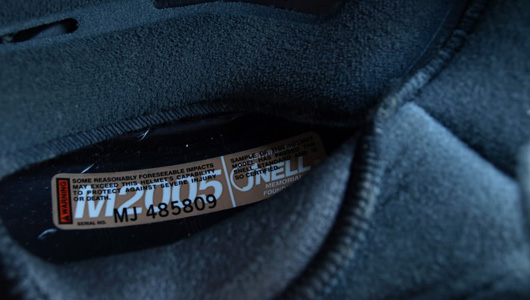 Snell certification sticker on the inside of a helmet
Snell certification sticker on the inside of a helmet
Many riders in North America consider the Snell certification as the standard measure when purchasing a helmet. On the other hand, some believe that Snell’s standards place more pressure on the rider’s head than the U.S. Department of Transportation (DOT) standards. However, DOT standards do not test chin protection like Snell (and ECE). Riders will naturally be better protected if they use a helmet that meets either of the two standards rather than not wearing one at all.
In the United Kingdom, the Auto-Cycle Union (ACU) has established stricter standards for racing helmets than ECE 22.05. Only helmets with the ACU yellow sticker are allowed to be used in races or championships. Many riders in the UK choose ACU yellow sticker helmets even when riding on the streets.
Vietnam’s national technical standard CR
In Vietnam, the quality level of helmets bearing the CS mark (according to Vietnamese Standards) previously and the CR mark (according to the national technical standard) now is the same, but the evaluation process to receive the mark is different.
Thế Đạt (TTTĐ)

